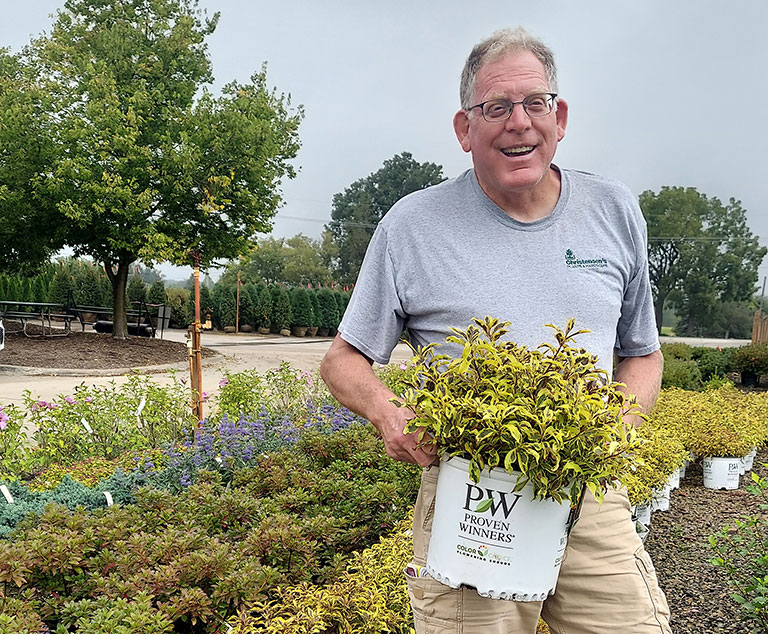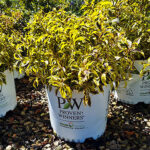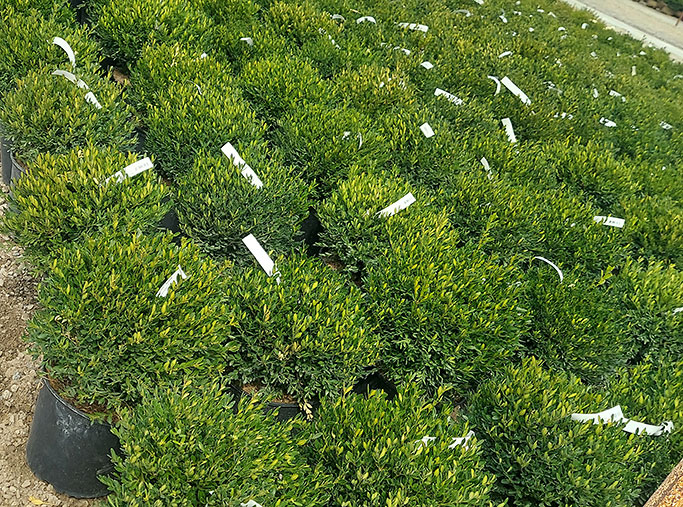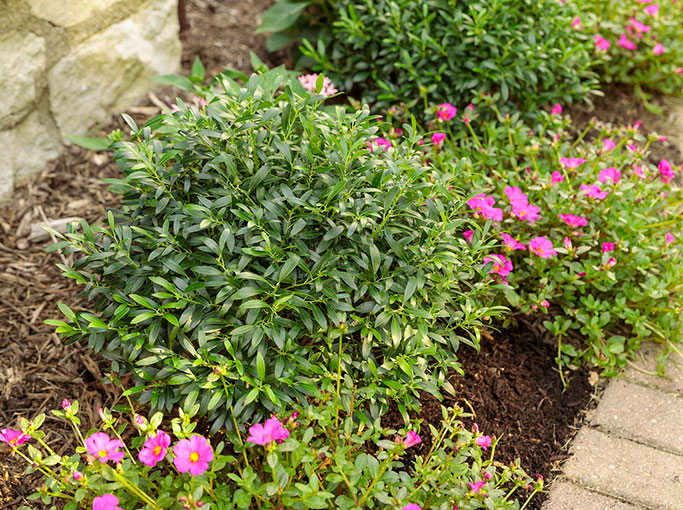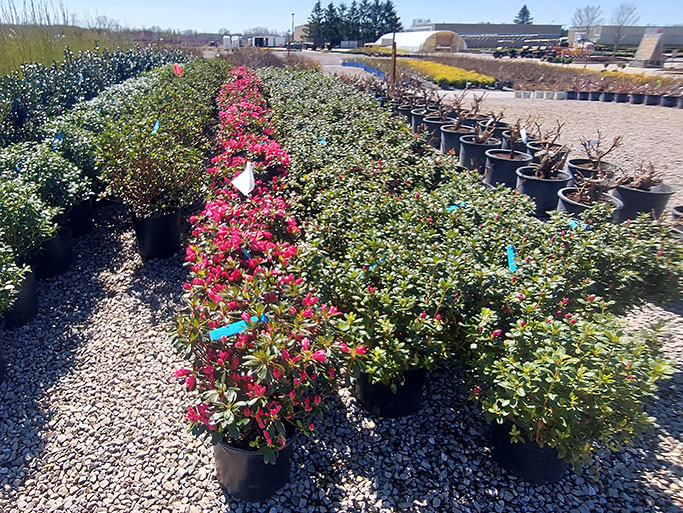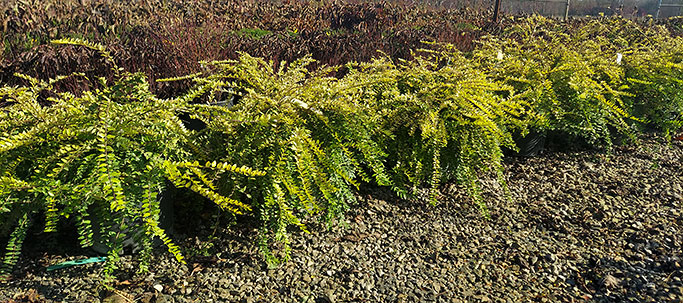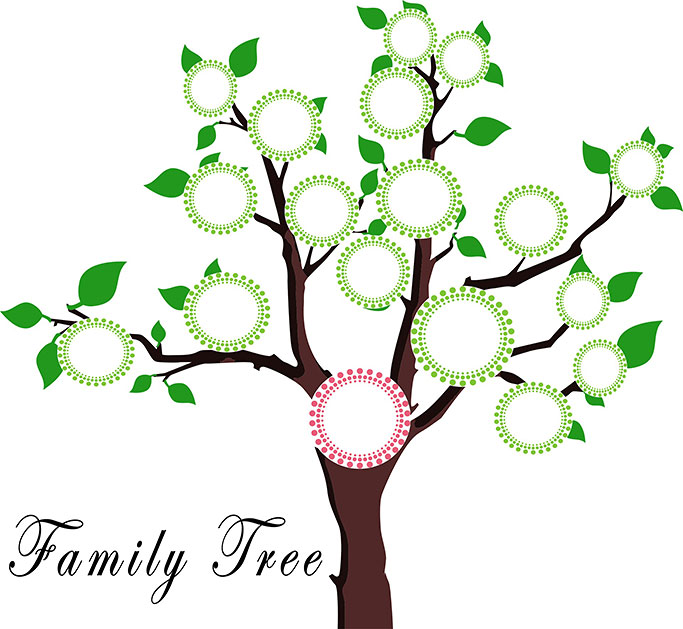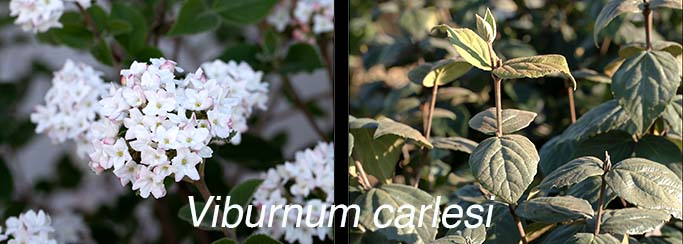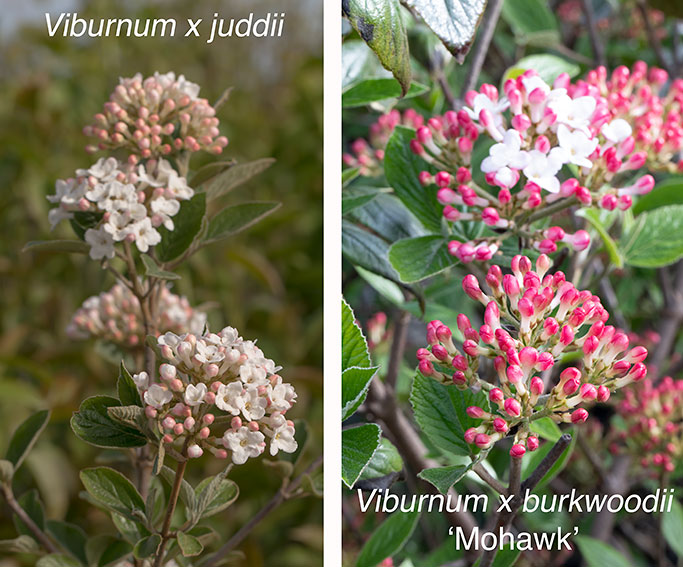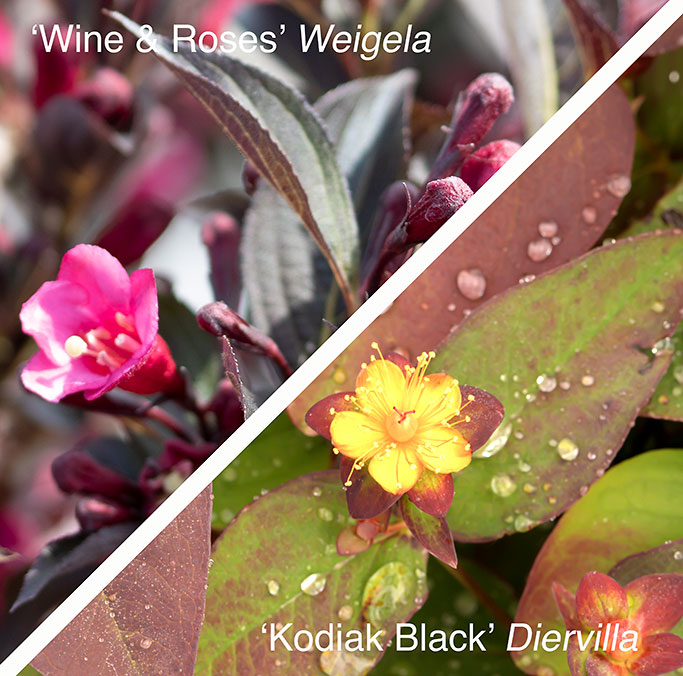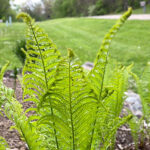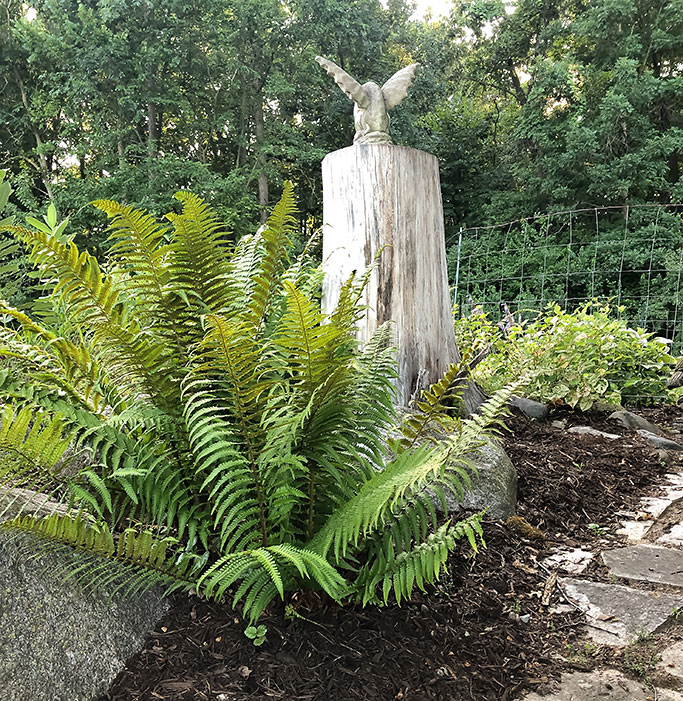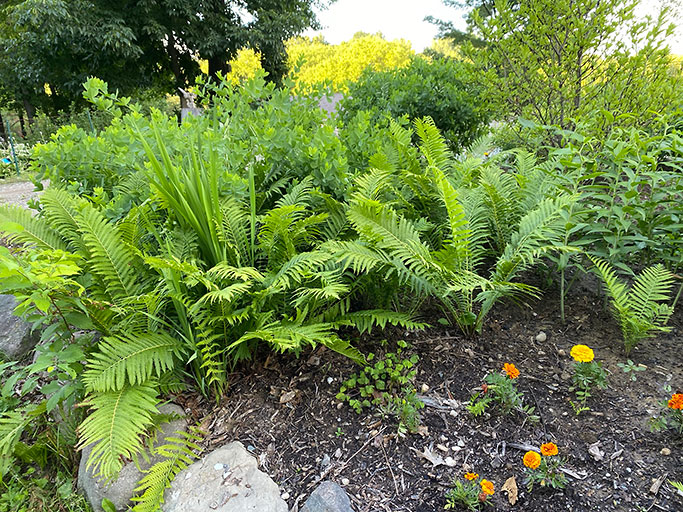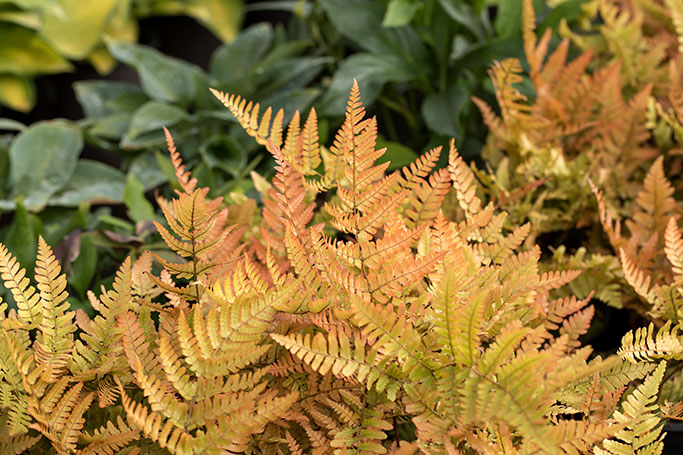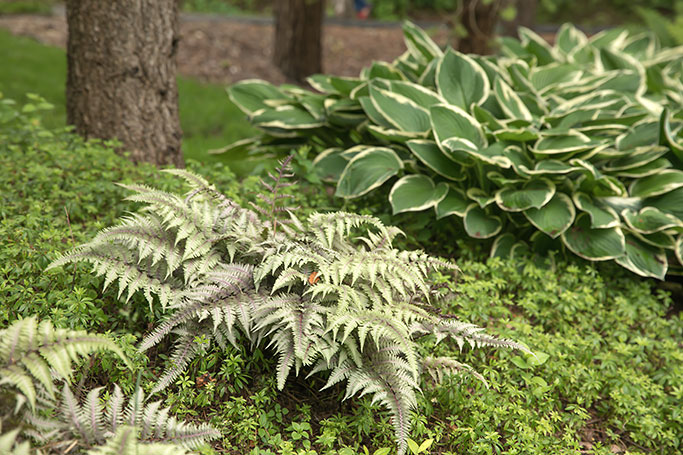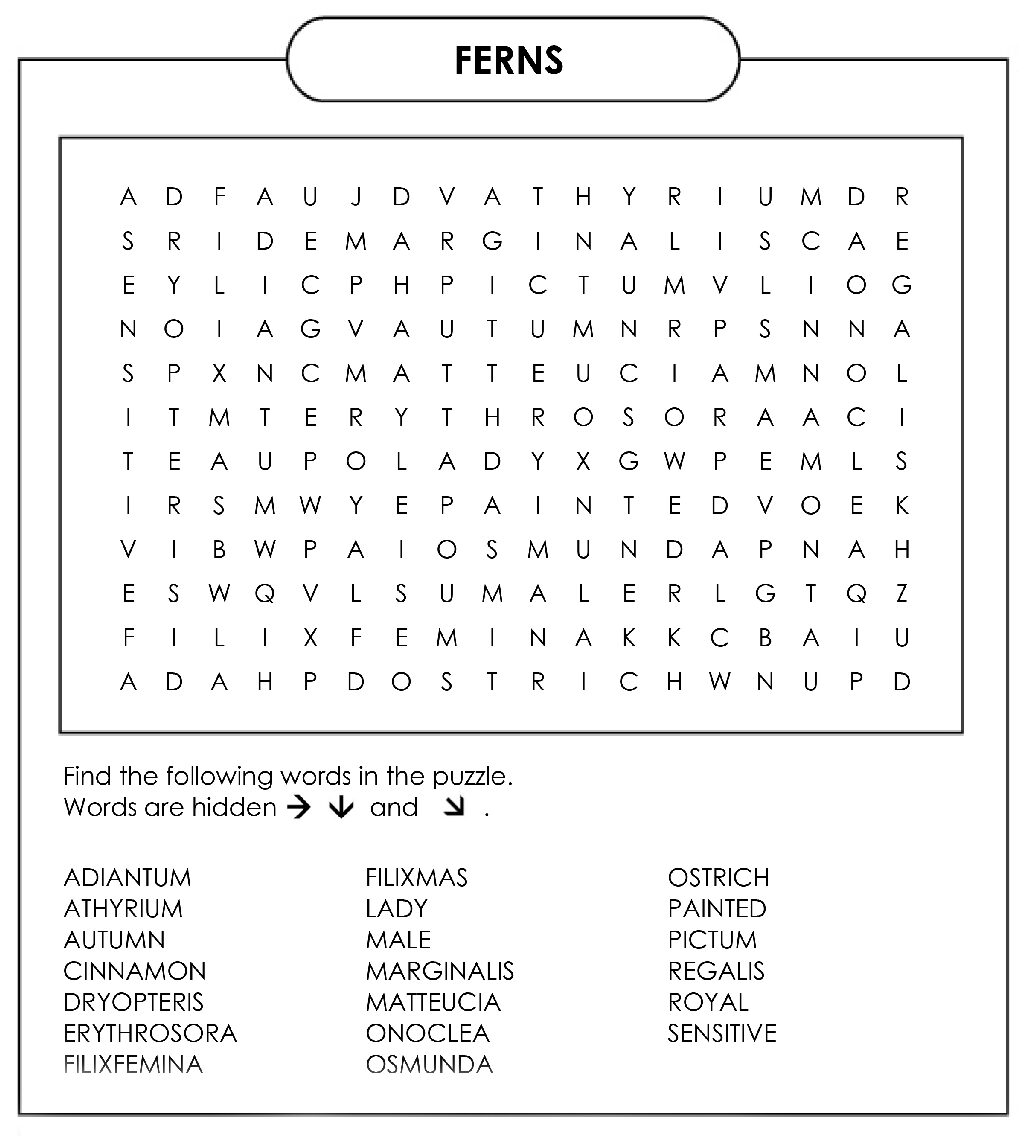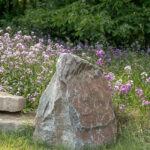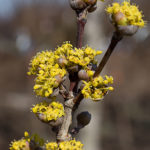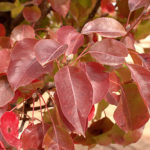This year marks 20 years that I have worked in the horticulture industry, the majority of it for a major brand that shall remain nameless, though I think you’ll figure it out. One of my favorite privileges of working for the brand network was meeting plant breeders. They are an eclectic bunch of people. From backyard breeders to corporate breeders, the only thing I can say most of them have in common is how humble they are about the accomplishment of bringing a plant to market. The brand I knew took a minimum of 3 years of trialing and only accepted 3% of those trialed for introduction. Which is why I was always awed when someone would gesture toward a person in a room and say “That’s so-and-so, they bred the (insert plant name here).” It was always someone else pointing them out because when you met the breeder, they would never mention it themselves.

There’s something incredible about plant breeding that is a little akin to becoming a famous musician or actor. You’re looking to catch lightning in a bottle. Musicians or actors are using their talents, but a breeder sees nature and looks for or breeds for something better than what already exists. And every once in a while, a plant becomes a standard for the industry, like Stella d’Oro daylilies or Limelight. If the landscape industry had an “Elvis” or “Marilyn Monroe” it’s “Stella”.
Did you know that Christensen’s has our very own Rockstar? He’s too humble to mention it himself, but Jeff Good found a sport on his Weigela and has been working with the Proven Winners shrub division to bring it to market.
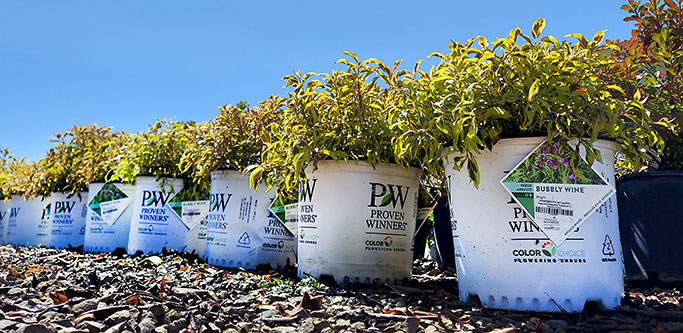
Bubbly Wine™ has bold, bicolor lime and deep green foliage with a petite, pretty pink flower. With a height of one and a half to three feet, but a width of two to three feet, Bubbly Wine is often a ball of color in the garden. Like all variegated plants, you may see some reversion to solid colors, but trials have shown this to be at a lower rate than most industry standards.
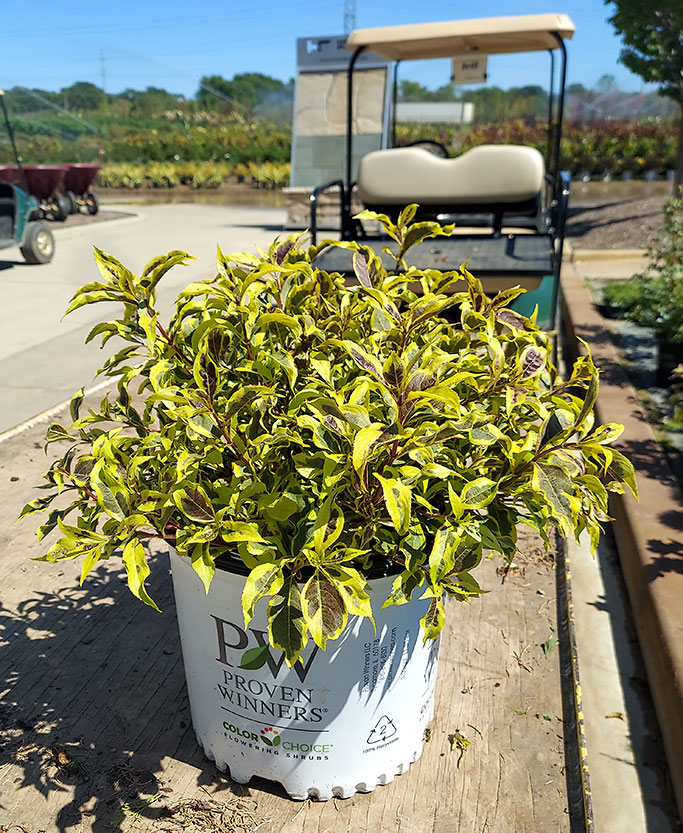
As a zone 4-8, it’s perfect for our area and can be planted in full sun to part sun. The low-growing nature makes it ideal for borders, hedges, and foundation plantings, but the flashy color allows it to work as stand-alone specimens.
You can get some here at Christensen’s because we are so excited to stock it (and believe me, Kim has worked hard all season just to get in this first shipment), but expect larger sizes and quantities to be available in the coming seasons. If you’re a fan of buying local, you can stop in and support our very own Rockstar Plantsman, Jeff Good.
